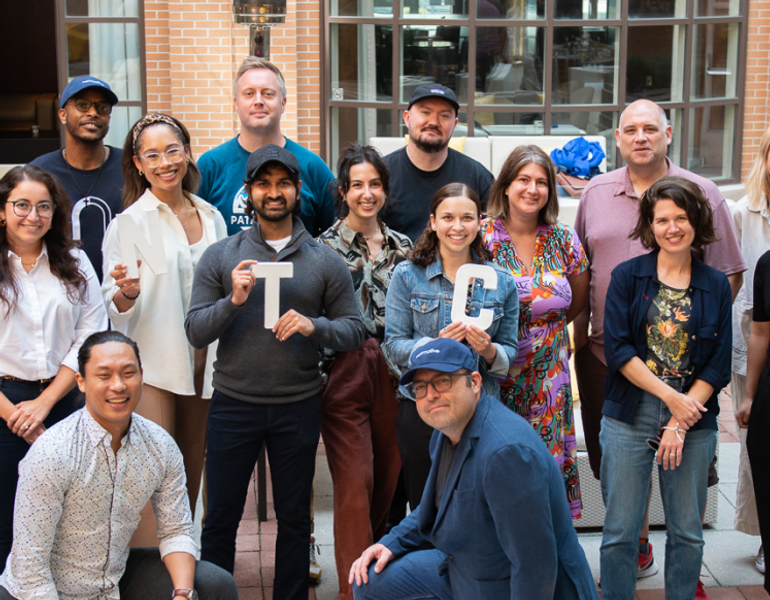What Does Research Mean in the Context of Innovation?
On a sliding scale from incremental to transformative, the role of research in the innovation process is as big or as small as your innovative ambition.
At the incremental end, a simple little bit of usability testing might be enough. At the transformative end, you’ll need something more contextual, generative and foundational. The trick is to be aware of all the different research methods at your disposal, and to know how and when to use them, depending on what you are trying to learn and who you are innovating for.
Falling in love with a strategy or an idea is the greatest enemy of innovation. Research keeps you honest. It has many different uses across the innovation spectrum, but it is all too often viewed as just another item on the to-do list. Having prioritized operational efficiency for so many decades, business is generally in a hurry, and more exploratory kinds of research are often seen as impediments on the path to market readiness. As a recent Fast Company article by UX pioneer, Jesse James Garrett lamented, businesses tend to cherry-pick the bits of research that are most compatible with their existing agendas and avoid the parts that might lead to uncomfortable or disruptive questions.
The same could be said for the much broader practice of innovation design. It’s as if you’re being given a brief to reinvent the wheel while being told not to reinvent the wheel.
Research Is Fluid, Not Discreet
Often research is limited to generating insights in the beginning and validating concepts at the end of the design process. In other words, it’s treated as a discreet activity at specific points in the journey. But if we agree with Vijay Kumar that innovation as a process that begins with —
1) Intent, then continues to
2) Understanding of context and
3) Understanding the customer, then to
4) Framing insights,
5) Exploring concepts,
6) Framing solutions, and finally
7) Realizing an offering,
We could argue that research has the potential to be woven throughout. For example, you may proceed to 2 and 3 only to discover that based on what you’ve learned, your intent needs to be reconsidered. That in turn may generate new questions about context and customer, which will influence how insights are framed.
Research questions may also arise during concept exploration because you are literally learning by design and by observation in your search for solutions. This often leads to new insights, which can in turn lead to new, unanticipated questions.
A research-oriented mindset is useful at every stage, but most engagements regard research as a step along the way and not as a door that stays open throughout the entire process. That’s okay for incremental innovation, where the limits of your inquiry are clearly defined. But if your ambitions are more transformative, research is useful throughout the process, because it’s only by continually asking questions – even questions about your questions – that you will discover truly transformative, out-of-the-box solutions.
In every one of the above cases, research becomes a form of risk management in the evidence-driven approach to innovation.
Using Research to Bridge Strategy and Innovation
Using research as a means of risk-management ensures that your innovation supports your strategy – and that your strategy is the right strategy. Often we go into a process with a deliberate strategy and then look for the evidence to justify it. But innovation requires us to keep an open mind. As the great strategic thinker Henry Mintzberg wrote in his book Strategy Safari, sometimes a strategy starts out as deliberate, but then evidence strongly suggests that there is a better path. He calls this ‘emergent’ strategy.
To accept that requires flexibility, creativity and intuition. Truly generative research that even questions itself and encourages broader, deeper inquiry – that kind of research fuels the most transformative innovation – and the most transformative strategy.





